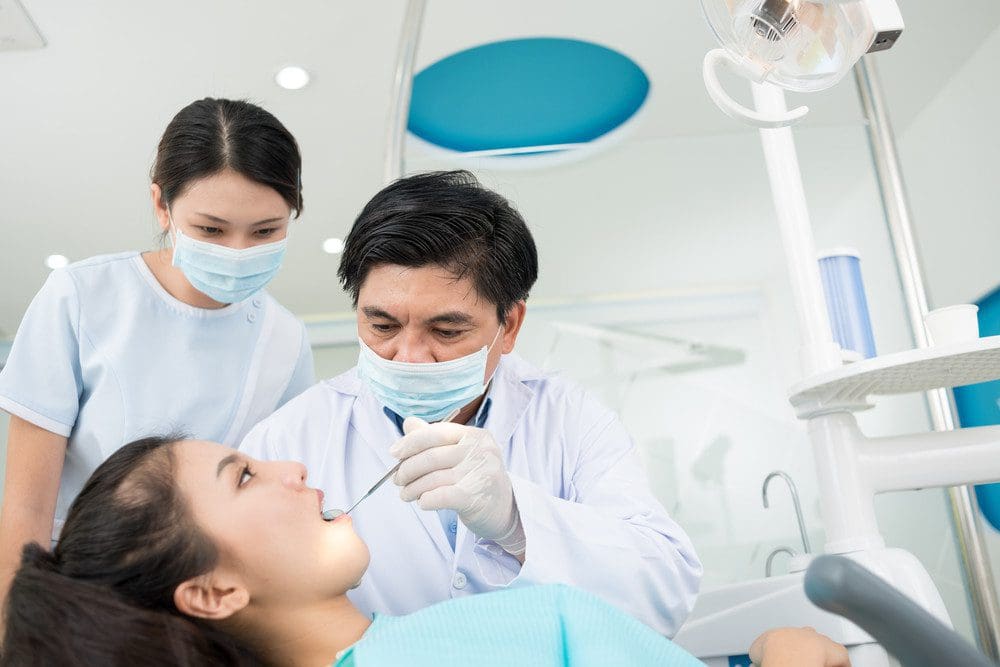Posted on July 19, 2023
When it comes to orthodontic consulting, is there a difference between solo practitioners and group practices? The answer is yes, and it’s important to understand the nuances to make informed decisions for your business.
Orthodontic practices are constantly evolving. With technological advances and changing patient needs, it can be tough for orthodontists to keep up and stay competitive.
That’s where consulting comes in – professionals who can offer guidance and support to help practices thrive.
Choosing the right consulting services is crucial for the success of any orthodontic practice. As a solo practitioner, your needs may differ from those of a group practice.
In this article, we’ll explore the differences between orthodontic consulting for solo practitioners vs. group practices, and help you make an informed decision for your business.
Orthodontic consulting is important because it is a critical step toward achieving a healthy, confident smile.
Seeking the advice of an experienced orthodontist can help you determine what type of treatment may be needed to correct dental issues such as crooked or crowded teeth, overbites, underbites, or misaligned jaws.
Consulting with an orthodontist can also help you fully understand the different treatment options available, which can range from traditional metal braces to the latest clear aligner technology.
By seeking orthodontic consulting, you can take the first step towards improving your overall dental health and smile.
Solo practice can be a rewarding experience for those who choose to pursue it. However, like any career path, there are both advantages and challenges that come with this type of work.
 Whether you’re a solo practitioner or considering transitioning to solo practice, understanding the benefits and drawbacks is essential.
Whether you’re a solo practitioner or considering transitioning to solo practice, understanding the benefits and drawbacks is essential.
Group practice refers to a professional practice in which two or more healthcare providers collaborate to provide services to patients.
It has become increasingly popular in recent years, with many healthcare providers choosing to join forces with others in order to maximize resources and provide better care. However, like any other type of business model, group practice has its advantages and challenges.
Here, we delve into what these are:

Collaboration and sharing of ideas among colleagues can lead to improved patient care and treatment outcomes.
Group practices can offer a wider range of services to patients than individual practices.
Group practices can provide better work-life balance for orthodontists as responsibilities and patient loads can be shared among colleagues.
The financial burden of operating a practice can be spread among multiple individuals, potentially leading to greater profitability.
Orthodontics is a specialized field of dentistry that requires a high level of skill and expertise. Many orthodontists work in solo practices, while others work in group practices with other dental professionals. The consulting needs for these two types of practices can vary significantly.
The key differences in consulting need for solo vs. group practice in orthodontics are:
Orthodontics is a specialized field within dentistry that deals with diagnosing and treating dental irregularities. As an orthodontist, practicing solo can be a challenging but rewarding experience.
Here’s a list of strategies that can lead to success for anyone considering solo practice in orthodontics.
Establishing a successful solo practice in orthodontics requires dedication, planning, and hard work.
By setting clear goals, developing a strong marketing strategy, leveraging technology, building strong relationships with patients, and staying up-to-date with industry trends, you can build a thriving practice and provide excellent care to your patients.
Group practice offers several advantages, such as better efficiency, improved patient outcomes, and increased job satisfaction. However, to achieve these benefits, orthodontists need to follow certain best practices.
By following these best practices, group practices can provide better patient outcomes, improve efficiency, and enhance job satisfaction.
If you’re looking for a consulting service in orthodontics, it’s important to consider whether you prefer working with a solo consultant or a consulting group.
Solo consultants can offer a personalized approach and focus on your practice’s specific needs. On the other hand, consulting groups provide a wider range of services and a broader perspective on industry trends.
When making this decision, it’s crucial to align your choice with your practice goals and preferences.
If you’re seeking a tailored and individualized experience, a solo consultant may be the right fit for you. However, if you value a comprehensive set of services and a diverse outlook, a consulting group might be more suitable.
To explore your options further, you may want to consider OrthoSynetics, a renowned consulting service in the field of orthodontics. OrthoSynetics offers personalized attention and a wide range of services to help improve your practice’s efficiency and profitability. Contact us today for more information!
